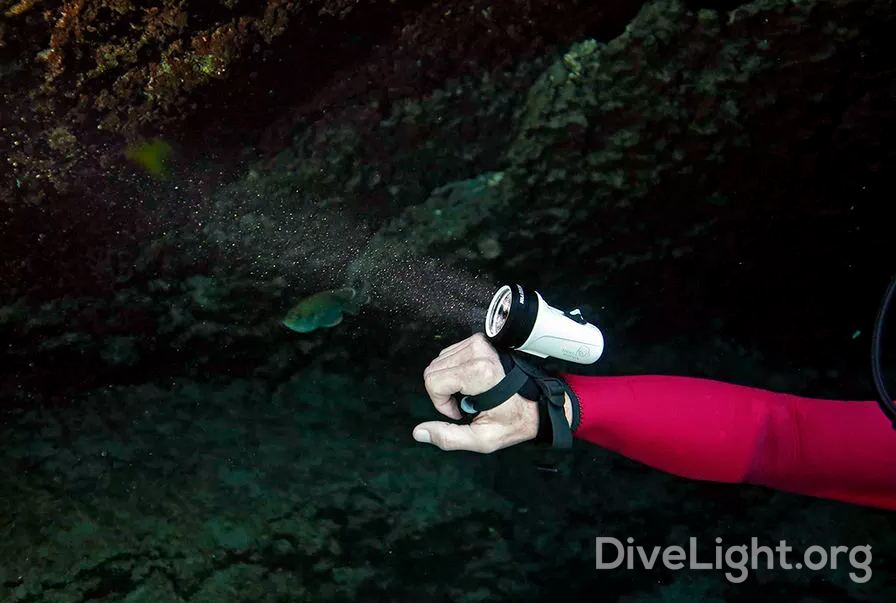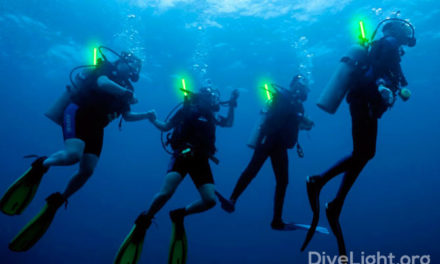Picking the correct handheld dive light can significantly improve your diving experience and is essential to your safety. Underwater life is extremely colorful, but the further under water you go, the less color you see. Red begins to disappear in the first three feet, while yellow diminishes right around nine feet below the surface. When you reach 30 feet, everything will look blue with a few hints of gray. A decent handheld light will correct this issue and allow you to appreciate the full range of color and life underwater. On night dives, a great handheld dive light is essential for your safety, and it allows you to make the most out of your diving experience. Below are the two most important factors to consider when choosing this type of dive light.
Beam
Depending on the type of diving you do, a sharp beam or a wide flood beam may be appropriate. A narrow-beam handheld dive light is useful for looking into holes and under edges, and is an absolute necessity when diving in cloudy water. A sharp beam with little spill will penetrate through the deposits in the water without bouncing the light back in your face. A wide-beam light is ideal for clearer water or when you need to light up a large area; in this case, a narrow-beam light can be used as task lighting in conjunction with the wide-beam handheld dive light.
Brightness
A dive light’s brightness is measured in lumens – the higher the lumen number, the brighter the light. But how the dive light focuses the light it emits is also important. The best dive light puts 90-percent of its lumens in the center beam. Ordinary dive lights put out around 40-percent of their lumens in the center beam. Both have their uses, but professional divers tend to like brighter narrow-beam lights because they allow them to see further. Light Cannon or Aqualite handheld dive lights offer quality products for divers of all experience levels, and due to its bright light, the SL3 eLED is an excellent handheld light for a professional diver.





